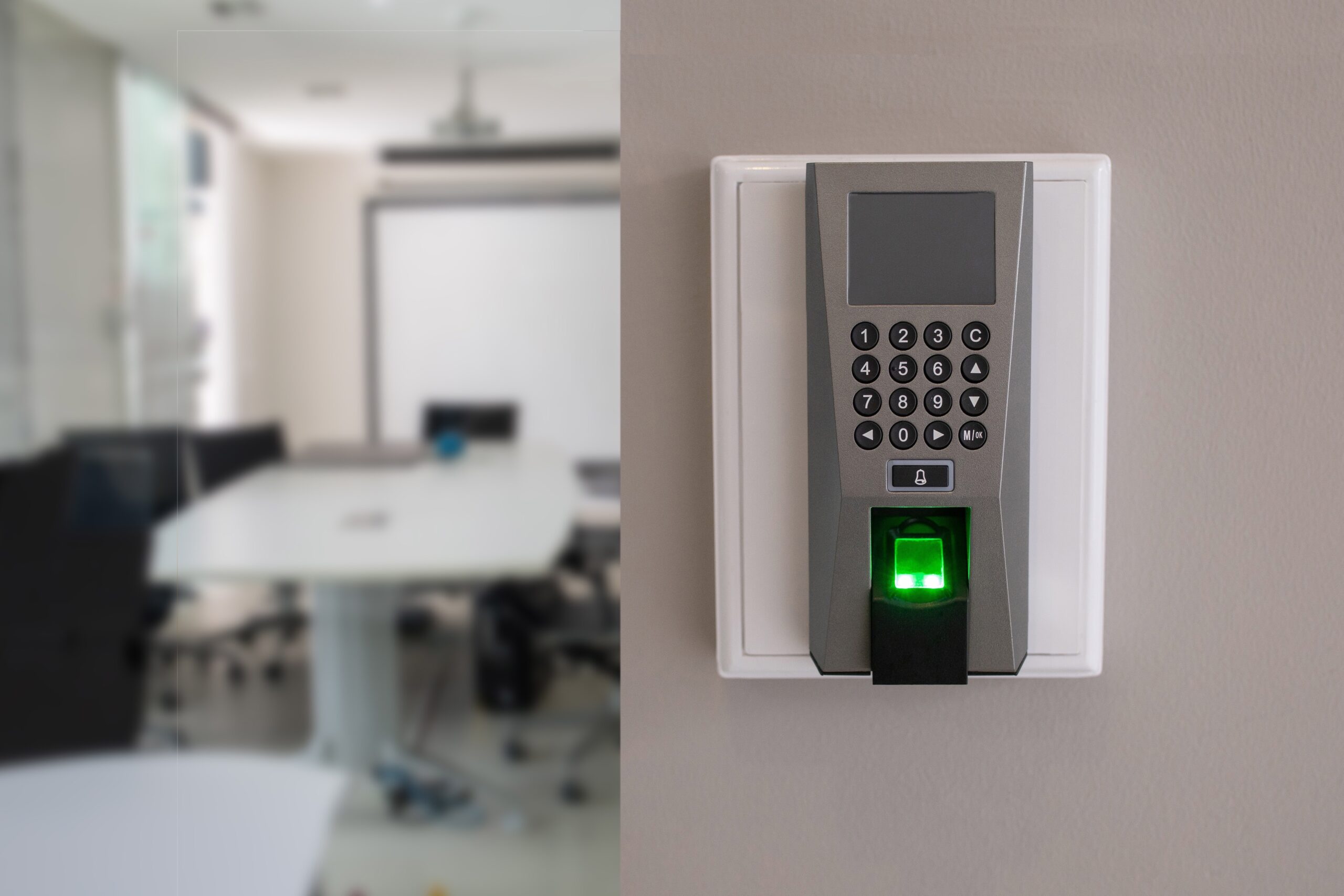03 August 2023
Examining the World of Secured Spaces


Why building these highly confidential spaces requires uniquely experienced construction teams.
By: Conor Brandquist, Project Executive, Washington D.C.
Significantly different from typical interior build-outs secure spaces are some of the construction industry’s most perplexing projects. Secure spaces are specially designed, fortified facilities that guard against electronic surveillance and physical intrusion, and suppress leakage of highly sensitive government information.
Secure spaces range in size from as small as a single room, to as large as an entire building. They can be constructed in a conventional building, or as a pre-fabricated modular or containerized space.
The unique nature of these spaces and their high levels of confidentiality demands construction teams with highly specialized knowledge and experience, and significant discretion to build them. They must have security at the forefront of their minds at all times.
Setting the Foundation
The average pre-construction schedule for a secure space is approximately six-to-12 months, which means clients must begin planning far in advance to meet their desired project completion date. Enough time must be allotted for a general contractor to procure the unique equipment and construction materials required for the project and identify requirements. before releasing materials. The construction team must also work through the complexities of the build, and validate the project’s construction schedule to confirm key deadlines can be met.
The general contractor must also assess the existing conditions of the site. This involved process considers even the smallest factors including whether or not there is a need to add extra layers of protection within the space to shield it from a neighboring tenant.
There are also rules and regulations that must be followed for the workers who build secure spaces. At the very minimum, all construction team members working on the site must prove to be a documented resident of the U.S. Initiating this process during pre-construction is crucial due to potential delays caused by client approval times for required documentation, which can span weeks to months, depending on government turnaround. In addition, all parties involved in the project must also sign a confidentiality agreement.
Construction Process
The sensitivities and restrictions of secure spaces necessitate the rules and regulations of building them cannot be thoroughly documented anywhere. The Intelligence Community Directive provides technical specifications for the construction and management of these facilities. It details the physical and technical security specifications, standards for constructing secure spaces as well as the construction materials that can and cannot be used.
To protect the information stored in secure spaces, no electronics that transmit a signal are permitted. As some tools have a radio frequency, clients may ask for their specification sheets to ensure that they cannot transmit sensitive information. Teams must always be prepared to have alternative methods of communication throughout the project.
There are often more parties involved in this type of build-out compared to other construction projects. Clients hire their own on-site security group to oversee the work. In addition, a construction surveillance technician (CST) is always present to inspect materials delivered on-site. Effective coordination and communication among all parties play a critical role, with in-person collaboration being crucial to building a secure space.
Materials
Materials and equipment used in secure spaces are designed to keep sensitive information that is either received or transmitted safeguarded. Most materials are only used for this purpose.
Every secure space has a secure perimeter of technical boundary that includes walls, floors, decks, doors, and in some cases windows. The boundary creates a secure compartment within the space that has shielding requirements for Radio Frequency (RF) and Sound Transmission Class (STC) measures the building material’s ability to absorb sound.
Most secured spaces also include a vestibule with another set of doors, creating a protected entry into the area. The second door is equipped with a high STC-rated security lockset. Both doors to the facility have RF factors built in to prevent the transmission of data.
Meticulous attention must also be paid to sound and signal attenuation, even at the most micro level of these builds. Common materials, such as standard metal piping can easily transmit sound, and jeopardize the security of the facility. To address this, custom installations meant to impede the flow of current are incorporated into metal pipes that breach the secure boundary. Metal HVAC ducts that penetrate the periphery are also shielded to minimize the risk of signal leakage.
The power of transmitted signals must also be mitigated from within the duct cavity. RF waveguide attenuation is carefully installed to reduce the power of a signal. In addition, metal security bars are installed if the duct’s opening is over 96 square inches. These measures ensure that the facility remains impervious to both internal and external threats.
Post-Construction
Even after the construction of a secure space is completed, there are typically several months of post-accreditation activities that follow. While the contractual work may be finished, the client often requests the general contractor stay on to manage this process, and provide progress reports to ensure everything is functioning correctly. At this time, the client begins to transition to their secure network while awaiting full accreditation confirming it complies with security standards.
Full accreditation is a process that needs to be front-of-mind throughout the entire construction process. Because of the complex nature of secure space construction the projects require the leadership of experienced professionals to achieve this status. Throughout the build, everything must be inspected and then submitted for proof and approval. Once submitted, a final inspection is conducted, to ensure that the documentation is correct, and that the space is secure. Once full accreditation is received, the space is certified that it has complied with the rules and regulations and is officially a registered secure space.
